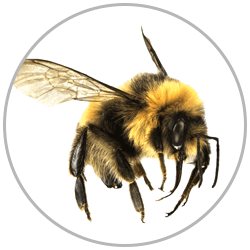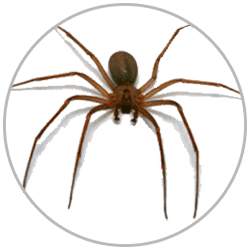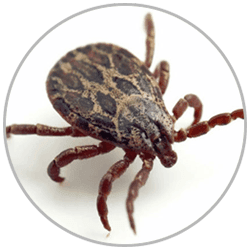Progress
Online First Aid | Insect Bites
Bites and Stings
Bee, Insect and Spider Bites and Stings
In most cases, bug bites and stings will only cause minor itching, swelling, or pain at the site. Some bites and stings can be serious or fatal if the person who was bitten or stung has a severe allergic reaction or the insect injected poison (venom).
Helping a person who has been bitten or stung:
- ● Make sure the scene is safe for you and the victim before giving treatment
- ● Get a first aid kit
- ● Wear PPE
- ● If the person was stung by a bee and the stinger is still in the person’s skin, remove it. Gently scrape off the stinger and venom sac with something hard and dull like a credit card. Avoid using items that will squeeze the stinger or venom sac
- ● Wash the bitten or stung area under running water with soap
- ● Apply a bag of ice and water wrapped in a towel over the affected area for up to 20 minutes
- ● Watch for signs of a severe allergic reaction for at least 30 minutes. If the person is known to be allergic and has an epinephrine pen, be prepared to use it.
Although many insects have stingers, bees are the only animals that leave their stinger behind at the site of the sting. If you or someone else is stung by a bee, look for and remove the stinger.



Poisonous Spiders and Scorpions
Non-poisonous insect bites usually only cause minor signs of itching and redness at the bite area. Poisonous bites or stings from spiders or scorpions can cause much more serious symptoms.
Signs of poisonous spider bites and scorpion stings include:
- ● Severe pain at the site of the bite or sting
- ● Fever
- ● Headache
- ● Nausea and Vomiting
- ● Muscle cramps
- ● Trouble Breathing
- ● Seizures
- ● Unresponsiveness
If you know that someone was bitten or stung by a poisonous spider or scorpion, or they show the signs above after a bite or sting, follow these steps to help them:
- ● Make sure the scene is safe for you and the victim before giving treatment
- ● Get a first aid kit
- ● Wear PPE
- ● Call 9-1-1
- ● Wash the bitten or stung area under running water with soap
- ● Apply a bag of ice and water wrapped in a towel over the affected area
Tick Bites
While most ticks are harmless, some carry serious diseases. They are found in wooded areas and forests and will latch on to exposed skin. Ticks should be removed from the skin as soon as possible. The risk of catching a disease is greater if the tick is not removed quickly.
If you or someone else is bitten by a tick, follow these steps:
- ● Get a first aid kit
- ● Wear PPE
- ● Use tweezers to grab the tick by its head or mouth. Get the tweezers as close to the skin as possible and avoid pinching the tick
- ● Lift the tick straight out. If you pull the tick until the person’s skin tents and wait for a few seconds, the tick may let go
- ● Place the tick in a plastic bag or container. Keep it in case the bitten person needs medical care later
- ● Wash the bitten area under running water with soap
If the tick bite occurred in an area with known tick-borne illness, it is a good idea for the bitten person to see a healthcare provider.
Instructor: Mike Figuero
Publish Date: 2022-04-02
Last Updated: 2022-07-18